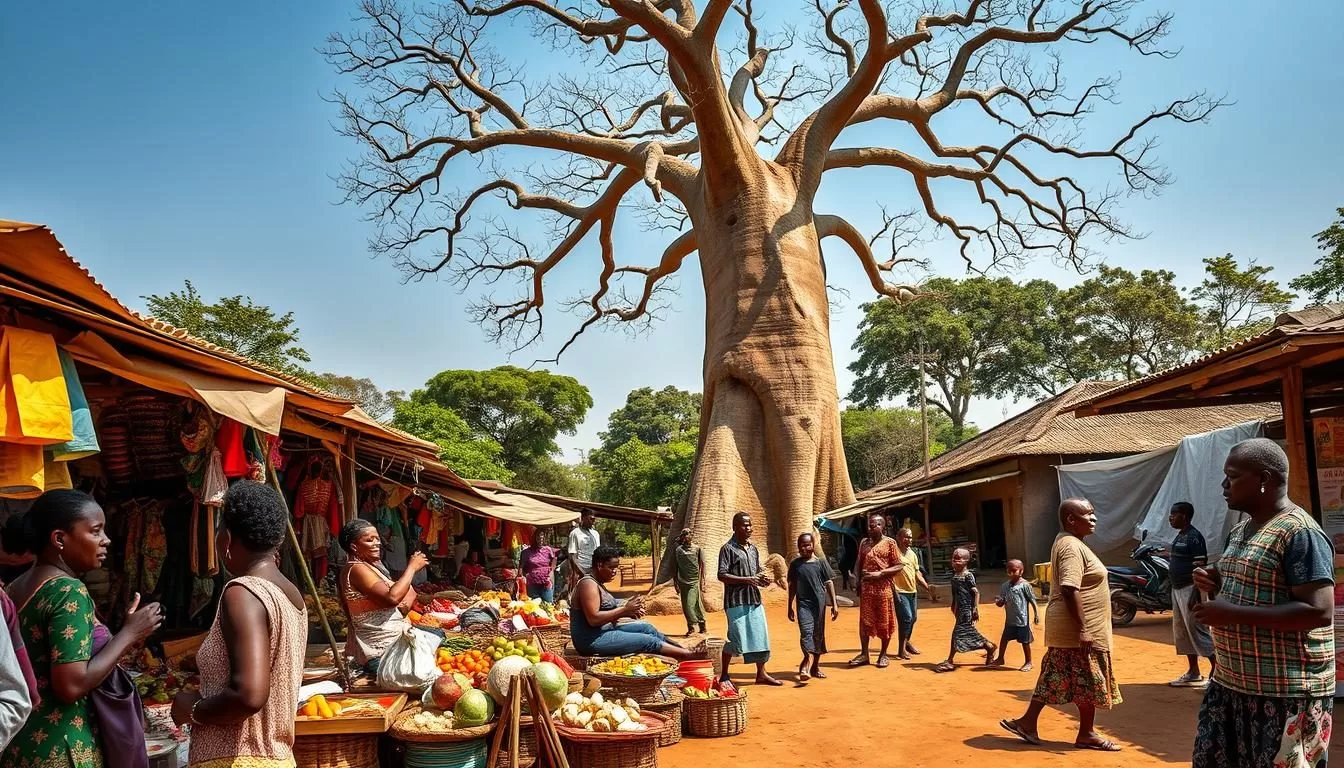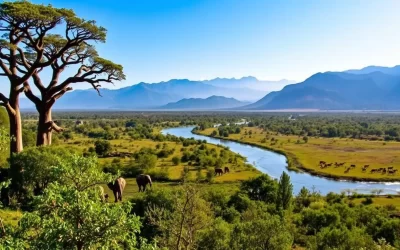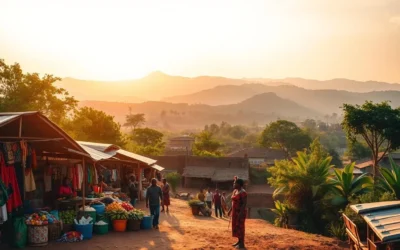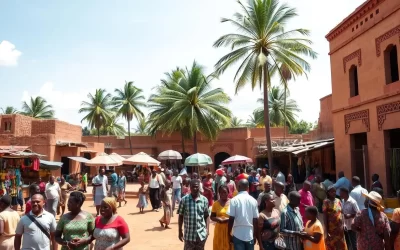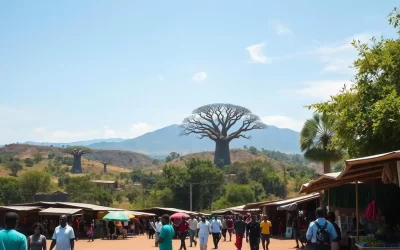✓ Accommodations✓ Flights✓ Rental Cars✓ Tours & Activities
In this vibrant country, language plays a key role in shaping daily life. French, the official language, is used in government and commerce, reflecting its colonial history. However, the linguistic makeup of this nation is far more diverse than just French.
Indigenous languages like Éwé and Kabiye are widely spoken, especially in specific regions. Éwé dominates the southern areas, while Kabiye is prevalent in the north. These languages are part of the Niger-Congo family, showcasing the rich cultural heritage of the ethnic groups.
Interestingly, a significant portion of the population uses French as a second language. This bilingualism highlights the unique blend of tradition and modernity in this West African country. Dive deeper to understand how these languages shape the identity of this fascinating region.
Discovering Togo’s Linguistic Heritage
Exploring the language heritage of this region reveals a fascinating blend of tradition and change. Over centuries, the way people communicate here has been shaped by both local customs and external forces. This rich history offers a glimpse into the heart of its culture.
A Brief Historical Overview
Long before European colonizers arrived, the Niger-Congo family of languages dominated the area. Groups like the Éwé and Kabiye settled in different regions, leaving their linguistic mark. The Éwé, for example, migrated from Nigeria between the 14th and 16th centuries, bringing their unique dialects to the south.
Colonial powers, including the Portuguese, Germans, and French, introduced new words and structures. These influences blended with native tongues, creating a dynamic linguistic landscape. Today, this mix of old and new continues to evolve.

Modern Influences and Language Evolution
In recent years, the population has seen a shift in how languages are used. French, introduced during colonial rule, remains a key part of daily life. However, indigenous tongues like Éwé and Kabiye still thrive, especially in rural areas.
Languages such as Mina have transformed into modern forms like Miwé, reflecting the adaptability of local communication. This evolution highlights the resilience of cultural identity in the face of change.
“Language is not just a tool for communication; it’s a bridge to understanding history and culture.”
As you explore this region, you’ll see how both family traditions and external influences have shaped its linguistic journey. From the north to the south, the story of language here is one of diversity and strength.
Togo: Official and widely spoken languages
The influence of French extends far beyond its colonial roots. Today, it serves as the official language in this West African nation, playing a vital role in both governance and commerce. From legal documents to business contracts, French is the primary medium of communication.
In the northern and other regions, French acts as a unifying force. It bridges diverse ethnic groups, ensuring smooth interaction in public and private sectors. Approximately one-third of the population uses it as a second language, highlighting its widespread importance.
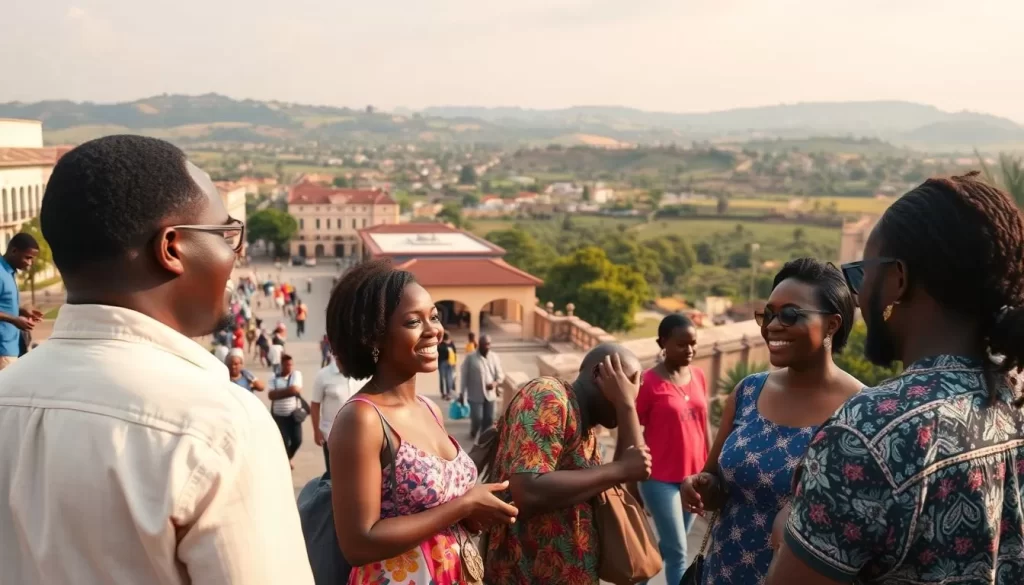
While indigenous languages thrive in rural areas, French dominates written communication. This is partly due to limited writing systems for native tongues. As a result, French remains the go-to language for official and formal purposes.
“French is not just a language here; it’s a cornerstone of national identity.”
In schools, French is mandatory, ensuring future generations maintain proficiency. It’s also the preferred language in media and trade, reinforcing its status as a key part of daily life. This blend of tradition and modernity makes French an integral aspect of the country’s identity.
Diversity of Indigenous Languages in Togo
The linguistic landscape of this West African nation is a tapestry of diverse tongues. With over 40 languages spoken, the country is a hub of cultural richness. Each language reflects the heritage of its community, creating a vibrant mosaic of communication.
Major National Languages: Éwé and Kabiye
Since 1975, Éwé and Kabiye have held the status of national languages. Éwé is predominantly spoken in the south, with over 800,000 native speakers. Kabiye, on the other hand, thrives in the north, with about 1 million speakers. These languages are not just tools for communication but symbols of identity for their respective ethnic groups.
Other Indigenous Languages and Their Communities
Beyond Éwé and Kabiye, languages like Tem, Gen, and Aja play significant roles in daily life. Each of these tongues is spoken by between 100,000 and 350,000 people. However, lesser-spoken languages such as Biali and Adangbe face challenges in maintaining their written traditions.
“Every language is a unique window into the soul of its people.”
These languages are part of the Niger-Congo family, one of the largest language families in the world. Their preservation is a testament to the resilience of local communities. From the bustling markets to the quiet villages, the sounds of these native tongues keep the country’s cultural heritage alive.
The Cultural Impact of Language on Togo’s Society
Language shapes the heart of Togolese culture, weaving identity and tradition into daily life. For many, native tongues like Éwé and Kabiye are more than just words—they are symbols of belonging. These languages connect families and groups, preserving customs passed down through generations.
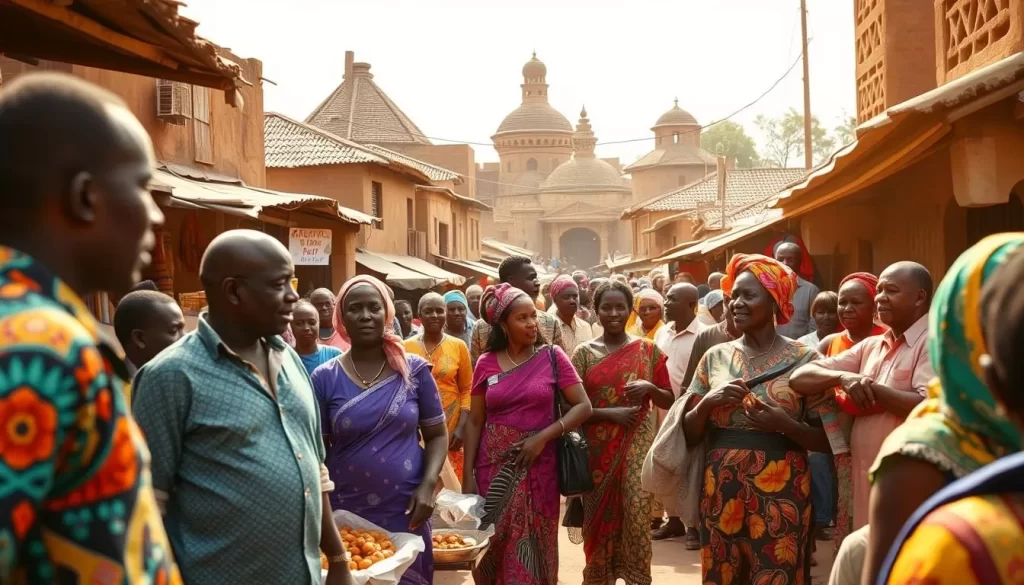
Language as a Marker of Identity and Tradition
In the south, Éwé is a cornerstone of cultural pride. It’s not just a way to communicate but a way to honor ancestors. Similarly, Kabiye in the north holds deep significance for its speakers. These languages are tied to rituals, storytelling, and community bonds.
For many Togolese, speaking their mother tongue is a way to stay rooted in their heritage. It’s a reminder of where they come from and who they are. This connection to language is especially strong in rural areas, where traditions thrive.
Colonial Legacy and the Emergence of Mixed Tongues
Colonial history has left a lasting mark on Togo’s linguistic landscape. French, introduced during colonial rule, became a unifying force. Today, it blends with native languages, creating unique dialects like Miwé. This mix reflects the influence of both local and foreign cultures.
In urban areas, you’ll hear a blend of French and indigenous languages. This fusion shows how Togo’s population adapts to change while holding onto tradition. It’s a testament to the resilience of its people and their language.
“Language is the thread that ties the past to the present, shaping the future of a country.”
From the region’s history to its modern-day practices, language remains a powerful force. It’s a bridge between generations, a tool for unity, and a reflection of Togo’s rich cultural tapestry. To learn more about the role of French in Togolese society, explore this insightful article.
Language Trends in Media and Education
Modern media and education are reshaping how languages are used in this region. From digital platforms to classroom initiatives, the way people communicate is evolving. This shift reflects a blend of tradition and innovation, ensuring that native tongues remain relevant in a rapidly changing world.
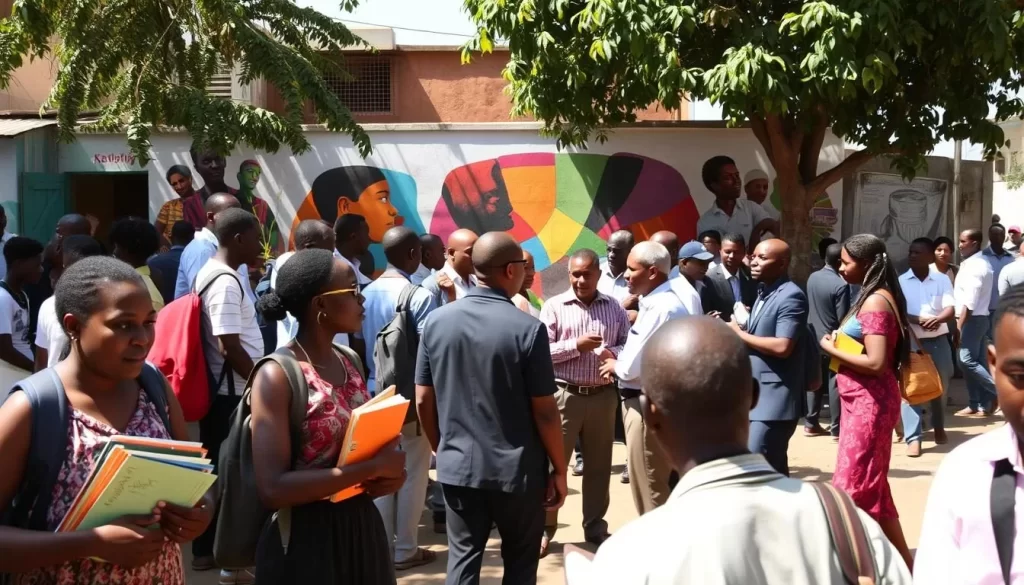
The Rise of Miwé and Contemporary Communication
Miwé, a modern evolution of native languages, is gaining popularity in digital communication. This blend of traditional dialects and modern expressions is bridging the gap between generations. For example, the web series Ahoé showcases how Miwé is used in everyday conversations, making it accessible to a wider population.
Miwé’s rise highlights the adaptability of indigenous languages in the digital age. It’s not just a language but a cultural movement, preserving heritage while embracing modernity. This trend is particularly strong in urban areas, where younger generations are leading the charge.
Innovative Language Learning Initiatives
Educational programs are also playing a key role in sustaining linguistic traditions. Innovative initiatives are merging traditional roots with modern technology, making language learning more engaging. For instance, apps and online platforms are helping people learn native tongues like Éwé and Kabiye in interactive ways.
These programs are not just about teaching languages but also about fostering a sense of identity. By connecting learners to their cultural heritage, they strengthen community bonds. This approach ensures that native tongues remain a vital part of daily life, even as the world becomes more interconnected.
“Language is the bridge between the past and the future, connecting generations through shared stories and traditions.”
From media to education, these efforts are transforming how languages are used and preserved. To learn more about the role of media in shaping linguistic trends, explore this insightful study. Additionally, discover how Africa’s linguistic diversity is celebrated in this comprehensive guide.
Conclusion
The linguistic diversity of this West African nation reflects its rich cultural heritage. French, as the official language, remains a cornerstone of governance and commerce. Meanwhile, indigenous tongues like Éwé and Kabiye thrive in the south and north, connecting families and communities.
Modern trends, such as the rise of Miwé, highlight the adaptability of local languages. These efforts ensure that cultural identity remains strong in a rapidly changing world. From rural villages to urban centers, the population continues to balance tradition with innovation.
For more information on this fascinating region, explore this detailed overview or dive into this insightful resource. The story of language here is one of resilience, unity, and cultural pride.
The above is subject to change.
Check back often to TRAVEL.COM for the latest travel tips and deals.
